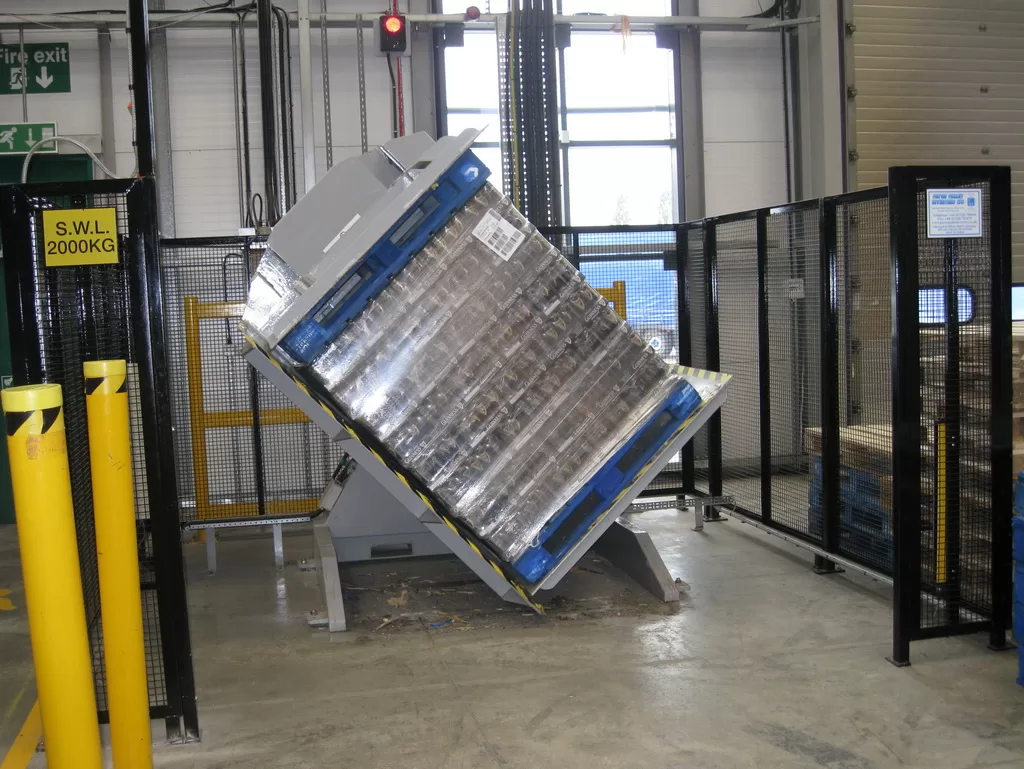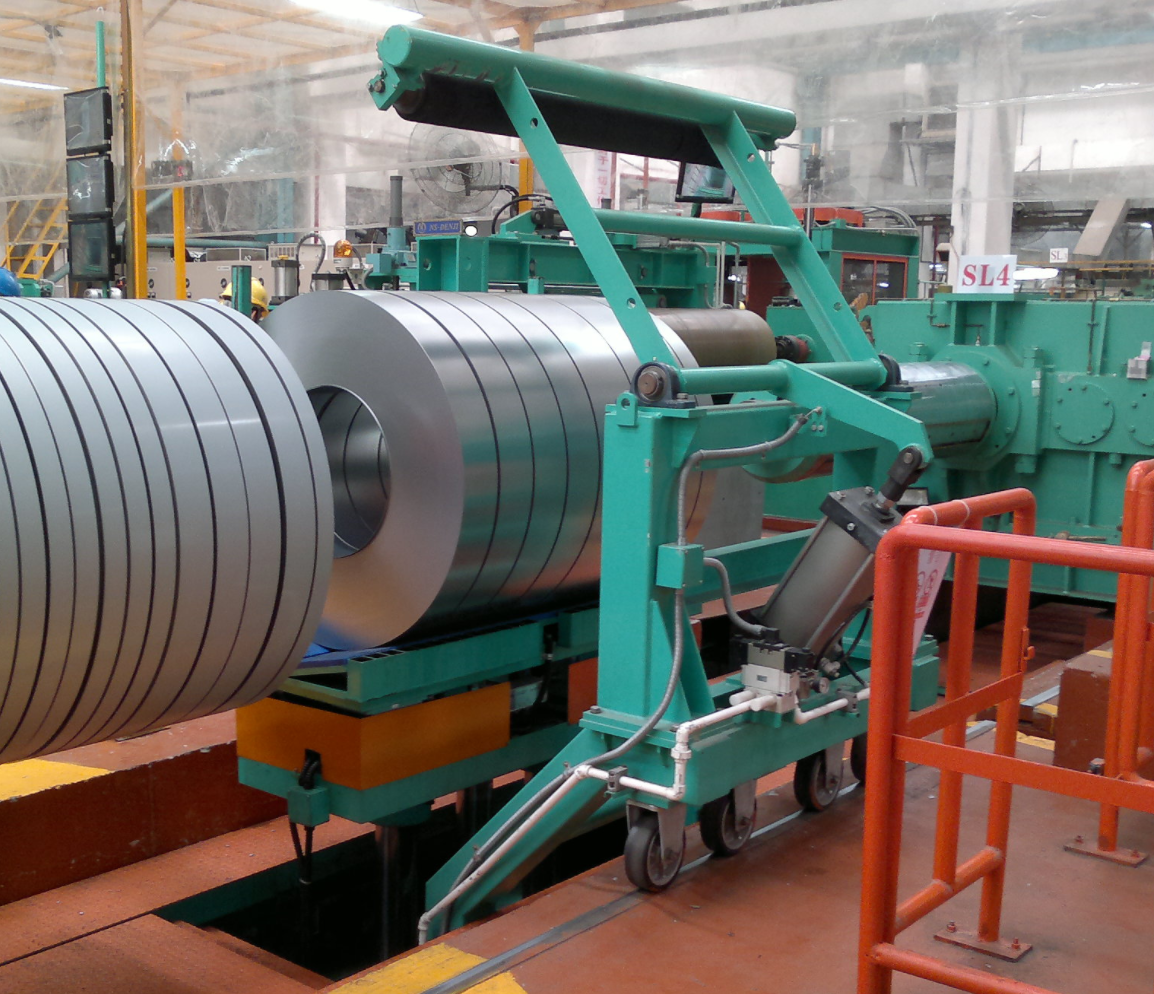Working with heavy steel coils can be dangerous and prone to accidents. This is where steel coil upenders come in. They offer a solution to minimize injury risks while improving workplace efficiency. In fact, incorporating such machines into your processes might just be the game changer your company needs for safer operations.
Steel coil upenders significantly reduce the risk of workplace injuries by rotating metal coils safely and efficiently. This minimizes manual handling, which is often a source of accidents. By mechanizing the process, these machines ensure that employees spend less time in potentially hazardous situations, hence reducing the probability of injury and increasing overall operational safety.
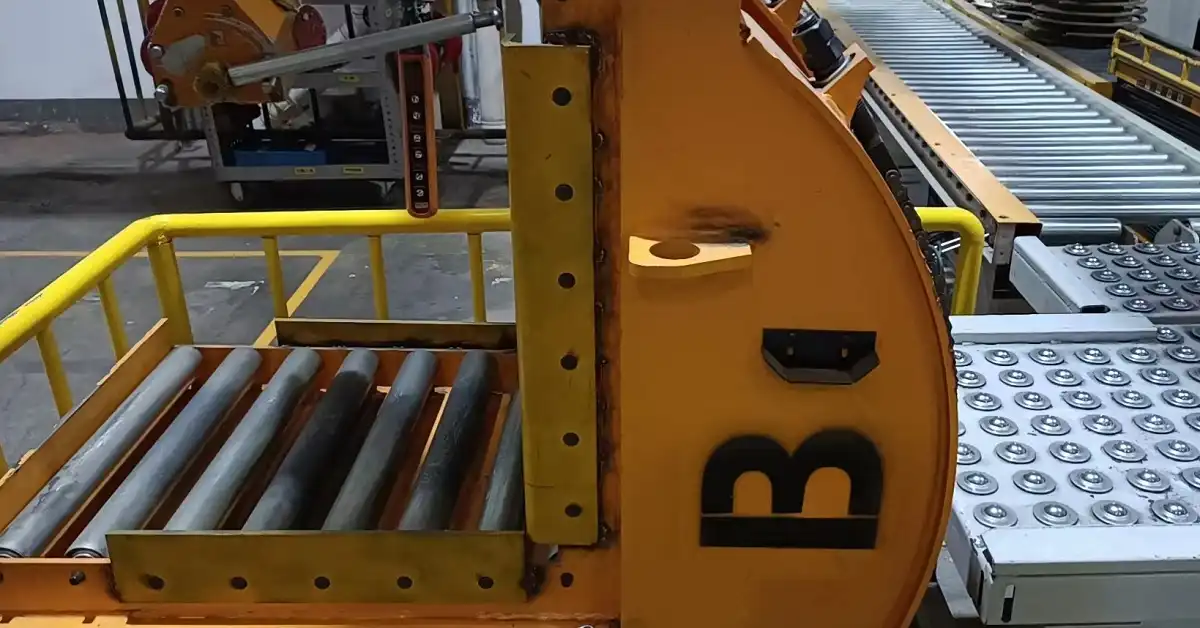
The use of upenders is an important step towards achieving a safer and more efficient manufacturing environment. Automation doesn’t just mitigate risks; it boosts productivity by allowing your team to focus on more complex tasks. Investing in machinery like upenders is a strategic decision, promising long-term savings on labor and healthcare costs.
1. What are Steel Coil Upenders?
Handling massive steel coils involves both risk and precision. Many manufacturers face high injury rates due to the unsafe handling of these coils. Steel coil upenders are designed to eliminate this problem, offering a safer, more efficient alternative. With injury risks shelved, you can maintain an optimal workflow without compromising employee safety.
Steel coil upenders are machines designed to rotate heavy metal coils safely from a horizontal position to a vertical one or vice versa. They tackle the risky manual job that often leads to workplace injuries. By automating the lifting, rotating, and positioning processes, they offer a safer work environment and reduce human error significantly.
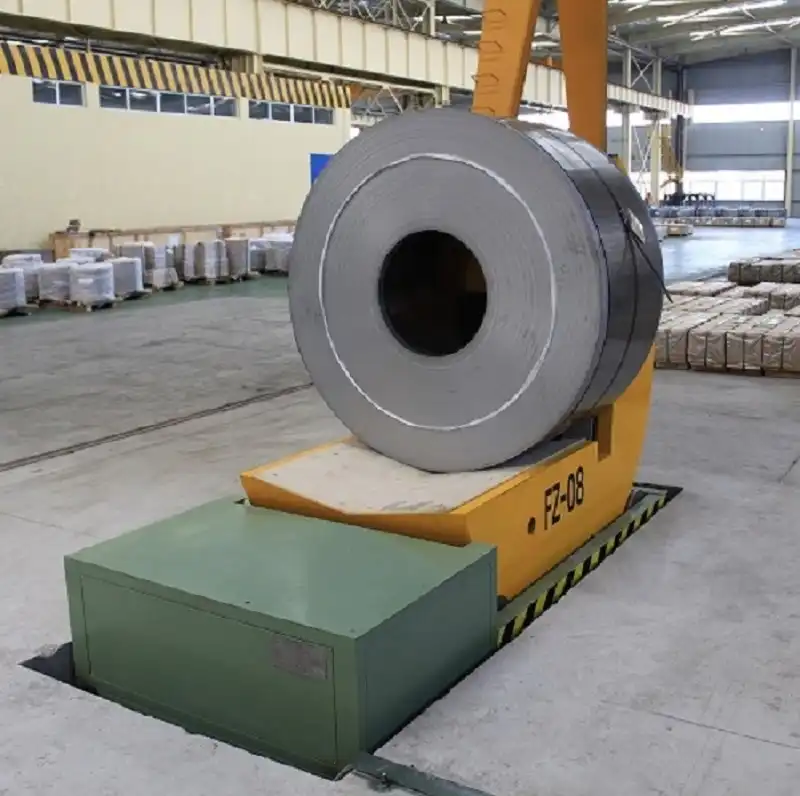
The Mechanics of Steel Coil Upenders: A Closer Look
To appreciate a steel coil upender‘s value, it helps to understand how it works. These machines typically consist of a sturdy frame, rotating platform, hydraulic systems, and locking mechanisms. The coil is placed on a platform that rotates at pre-set angles, facilitating a smooth and secure transition. This mechanism is vital for minimizing coil damage during handling, which is a critical factor in industries like automotive and construction where coil integrity is non-negotiable.
| Feature | Benefit |
|---|---|
| Sturdy frame | Ensures machine longevity and supports heavy loads seamlessly. |
| Hydraulic system | Provides smooth, efficient rotation, eliminating jerky movements that could harm coils or injure workers. |
| Locking mechanism | Secures the coil, preventing accidental slips that can result in operational disruptions and safety hazards. |
By understanding these machine features, manufacturers gain insights into their operations’ safety enhancements. Importantly, using upenders fosters a more organized workspace, cuts down unnecessary coil movements, and ensures lines run efficiently. This hands-off approach not only showcases a commitment to safety but also demonstrates savvy business acumen in resource and workforce management.
2. How Do Steel Coil Upenders Enhance Workplace Safety?
When handling heavy steel coils, safety is always a top concern for industrial operations. Employees need a workplace that effectively minimizes risks while maximizing productivity. Finding the right tools for the job can make all the difference. Steel coil upenders represent an efficient solution to enhance both safety and operational flow in manufacturing plants.
Steel coil upenders enhance workplace safety by reducing the manual handling of heavy loads, thereby minimizing the risk of employee injuries. They operate by securely rotating coils, allowing workers to handle them with minimal physical exertion. This equipment also ensures precise control during movement, eliminating sudden shifts that could pose safety hazards.
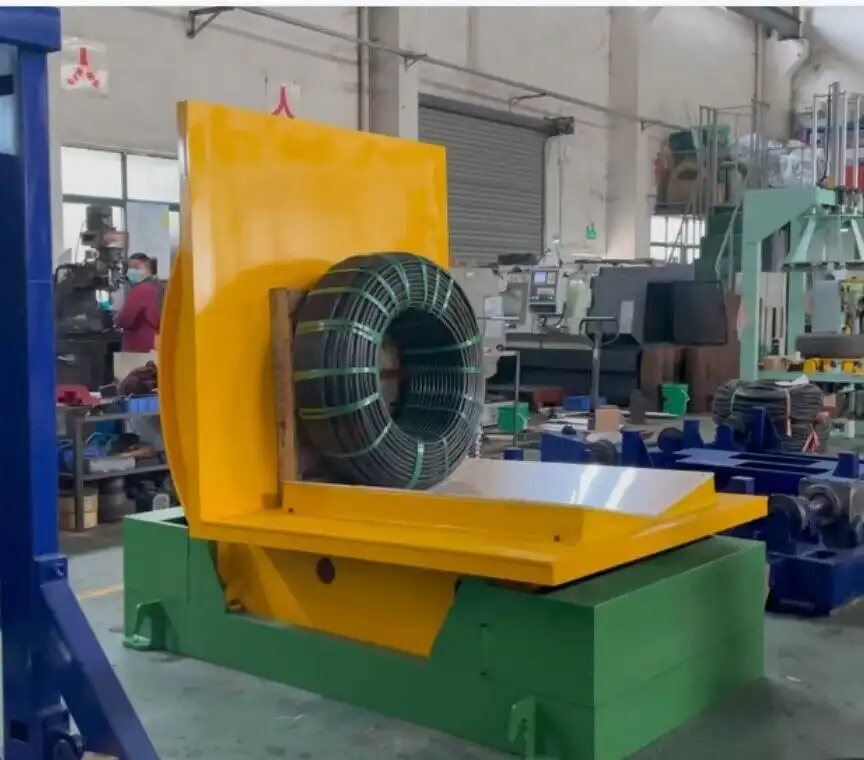
Enhancing Workplace Safety Through Automation
The benefits of steel coil upenders extend beyond reducing manual labor; these machines integrate automation into daily operations, leading to significant safety improvements. In my experience, the degree of worker safety often correlates directly with the level of automation employed. Here’s why:
-
Controlled Movements: Upenders facilitate secure repositioning of coils, preventing sudden movements that could lead to accidents. This is especially crucial in environments where space is limited, and safety margins are tight.
-
Reduced Strain: By automating the flipping and positioning of coils, the risk of strain and musculoskeletal issues among workers diminishes sharply. Human involvement in these tasks is minimized, contributing to a safer work atmosphere.
-
Error Mitigation: With programmed sequences, upenders reduce human error—a common source of workplace injuries. Employees can trust the automated processes to perform reliably, reducing the chance of mishaps.
| Benefit | Traditional Handling | Automated Upenders |
|---|---|---|
| Manual Handling Risk | High | Low |
| Precision Control | Limited | High |
| Potential for Injury | High | Low |
Implementing these devices in workplaces reflects a commitment to ‘safety first’ principles, fostering an environment where efficiency and protection go hand in hand. This not only benefits the workforce but also leads to better productivity and lowers insurance costs for companies.
3. What Are the Efficiency Gains of Using Steel Coil Upenders?
In today’s fast-paced manufacturing world, every innovation that streamlines operations serves as a potential game-changer. Companies constantly seek solutions that improve productivity while maintaining quality. Steel coil upenders are one such innovation, offering noteworthy efficiency gains for industries reliant on coil handling.
The use of steel coil upenders significantly increases operational efficiency by facilitating the quick and accurate positioning of coils without manual intervention. This results in shorter production cycles, enhanced workflow continuity, and reduced potential for delays caused by coil handling errors. With enhanced productivity, businesses can better meet production targets and optimize resource usage.
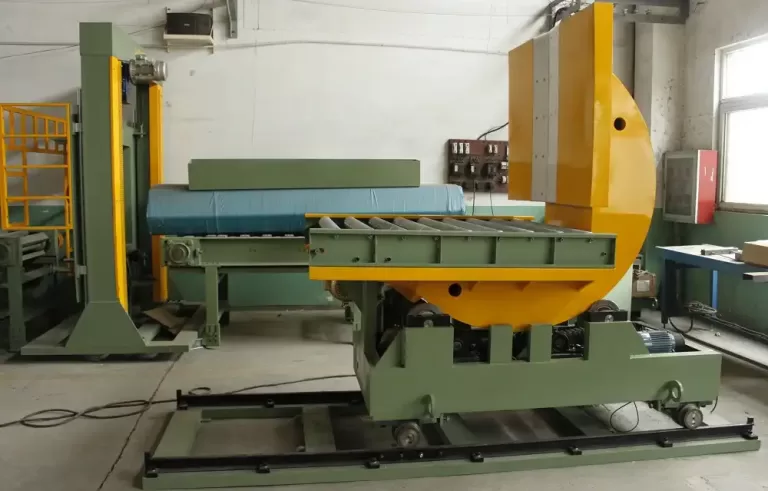
Streamlining Operations with Steel Coil Upenders
Several factors make steel coil upenders a crucial asset for enhancing efficiency in industrial environments. Reflecting on my tenure in the industry, I’ve observed that these machines shine in several key areas:
-
Faster Processing Times: By automating coil repositioning, upenders eliminate the time-intensive manual handling processes, trimming down the overall production cycle.
-
Efficiency in Space Utilization: Efficient coil handling facilitates optimal space usage within facilities. Coils can be stacked or stored in the most space-efficient manner, ensuring the plant layout remains uncluttered, allowing for smoother operations.
-
Energy Savings: Upenders streamline processes to use less energy compared to human-centered methods. Optimal energy consumption aligns with sustainable business operations, reducing the overall carbon footprint.
| Factor | Manual Method | Upender Application |
|---|---|---|
| Processing Speed | Slower | Faster |
| Space Utilization | Inefficient | Efficient |
| Energy Consumption | Higher | Lower |
Achieving seamless production cycles and boosted productivity levels with steel coil upenders allows industries to remain competitive and meet growing market demands. It’s not just about faster output; these efficiencies translate to increased customer satisfaction and improved profitability.
Conclusion
Incorporating steel coil upenders enhances workplace safety and streamlines operations, making them indispensable tools in modern industry. Improved safety protocols and boosted efficiency ensure these devices pay dividends in both human and financial capital, contributing to a future-oriented approach in industrial settings.
Incorporating steel coil upenders enhances workplace safety and streamlines operations, making them indispensable tools in modern industry.



